Anyone who takes a portrait wants to take a good portrait. I don’t think there are too many — if any — photographers out there who are indifferent about the end result of their portrait work.
Getting really good at portrait photography isn’t particularly easy — it takes years and seemingly countless hours of practice. Along the way, plenty of mistakes will be made. But establishing a good footing in portrait photography really begins with applying some practical creative guidelines.
Here are 7 easy to follow tips that will give your portrait photography a boost.
1. Don’t Obsess Over Bokeh
Bokeh is such a buzzword these days; Apple has even managed to turn it into a verb in one of its latest iPhone advertisements.
I would also argue that bokeh is over-valued. It’s gotten to the point where some portraits seem to be more about the awesome bokeh balls rather than the person in the photo.
It’s nice to have a lens that looks great when shot wide open, and there are absolutely times when shooting in such a manner is called for. But not all the time. If the first thing that you or the people who view your portraits point out is the bokeh and not the subject, you might want to rethink your approach.
2. Don’t Fear Higher ISO
The rule of thumb is to keep ISO at its lowest level. It’s a good rule, but not one that always works.
When shooting outdoors you may encounter situations when the light changes enough to warrant a boost in ISO in order to keep the shutter speed sufficiently fast.
When shooting indoors there may not be enough light available to shoot at the lowest ISO.
In either case, increase ISO. A moderate boost (say, from 100 to 400) isn’t going to greatly impact the look of your portrait. And if you need to go even higher, the visible grain can add to the aesthetic of the portrait. Plus, a little noise/grain is preferable to a blurry portrait.
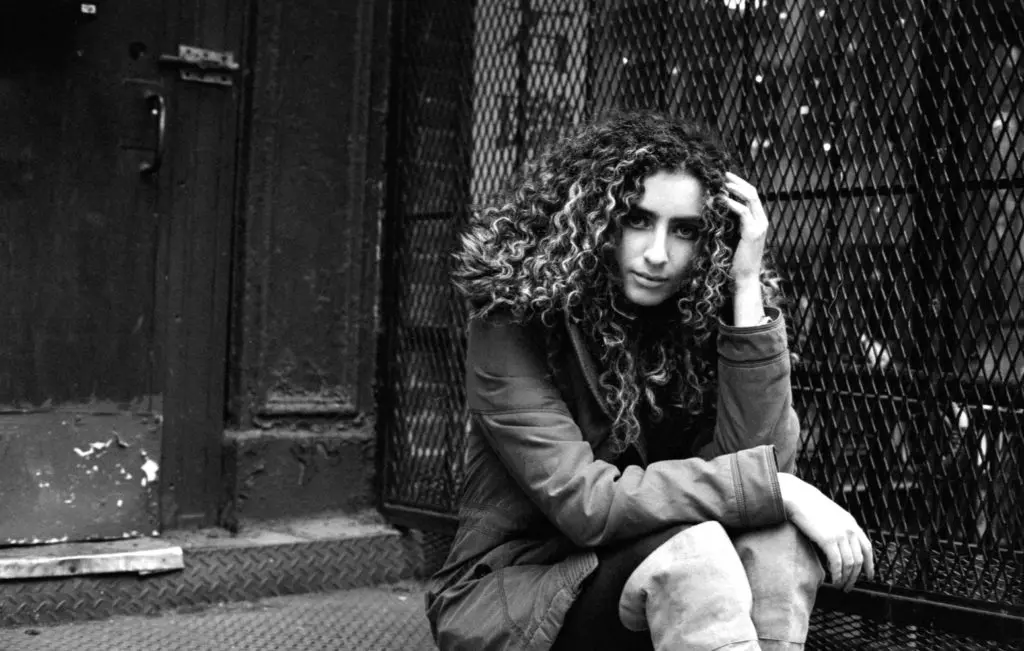
3. Use Your Focal Length Wisely
I don’t believe there is a right or wrong focal length for portrait photography. What focal length you choose should determine the style of portrait you make. If all you have is a 24mm or 35mm lens, that’s not going to prohibit you from doing portrait photography.
But you’ll want to do full-length portraits or environmental portraits, as getting too close to a person with a wide angle lens is going to result in distortion and probably incur the wrath of your subject.
85mm and 105mm are often touted as ideal portrait lenses for good reason, but a 50mm can serve as a perfect compromise between wide angle and telephoto.
Play around with various focal lengths to learn what best suits your shooting preferences.
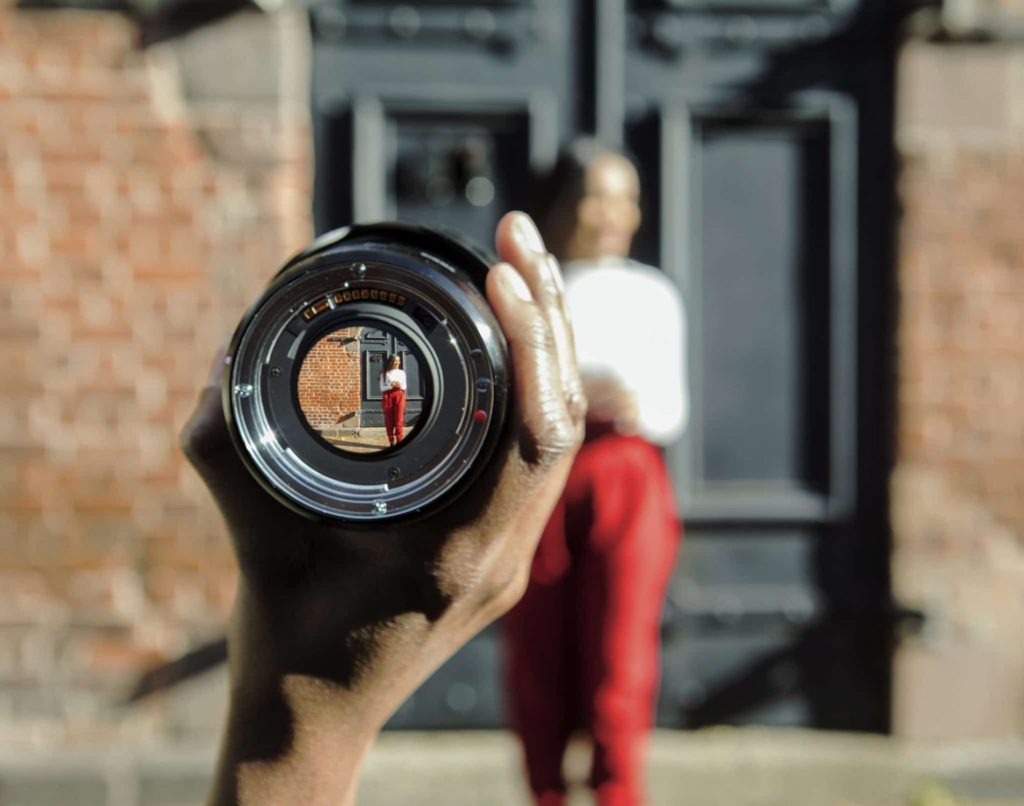
4. Learn To Love Natural Light
It’s a mistake to think that in order to get started in portrait photography you need to spend money on lighting.
To me, the best lighting is natural light, which doesn’t cost a cent. Under the right conditions, nothing is more flattering. You won’t get the same degree of control as you would in a studio. But at the right time of day and with a simple reflector you can do a lot to harness natural light.
5. What About The Background?
One instance when shooting with a wide open lens is preferable is when the background is distracting. However, there are times when you want the background to be a recognizable part of the photo.
There’s no need to shoot at f/16 in such cases. Depending on how much separation there is between your subject and the background, f/5.6 should allow you to include the background as an integral part of the portrait without being distracting.
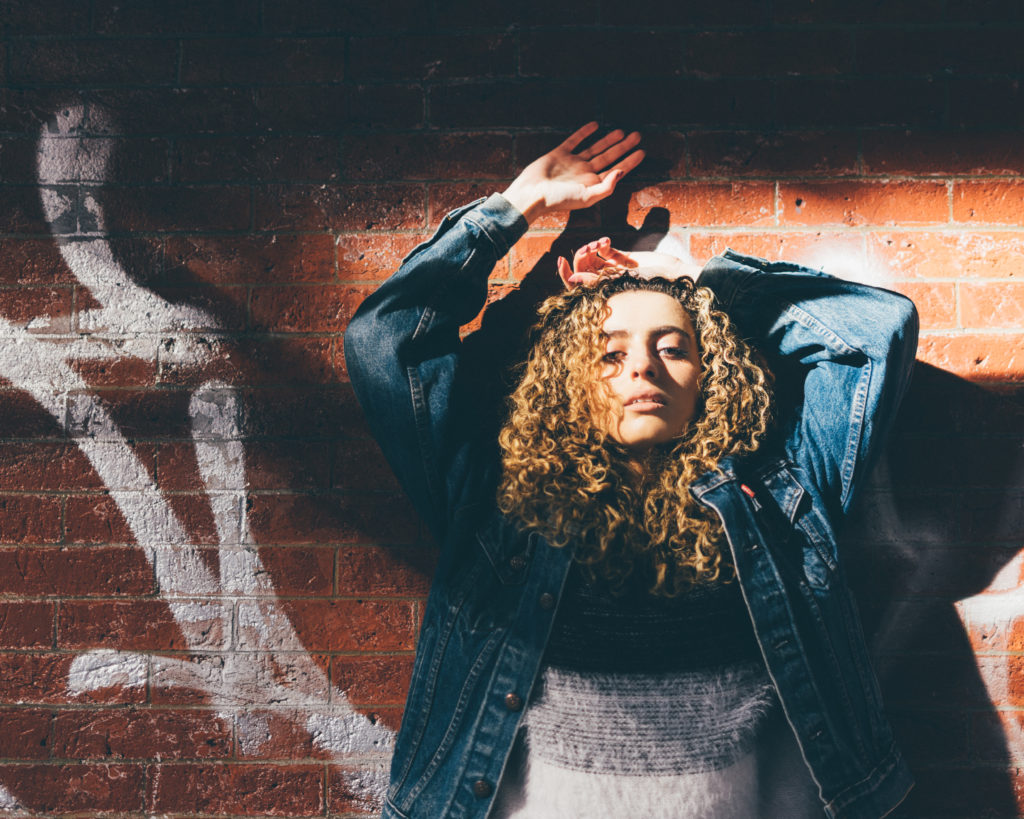
6. Experiment
As you travel further down the portrait photography path, start trying new things. Different lenses and focal lengths, different locations, different lighting conditions (yes, even strobe/flash lighting), different subjects, different compositions.
This is how you’ll determine whether portrait photography is for you; and, if it is, experimenting will help you grow and expand your creative vision.
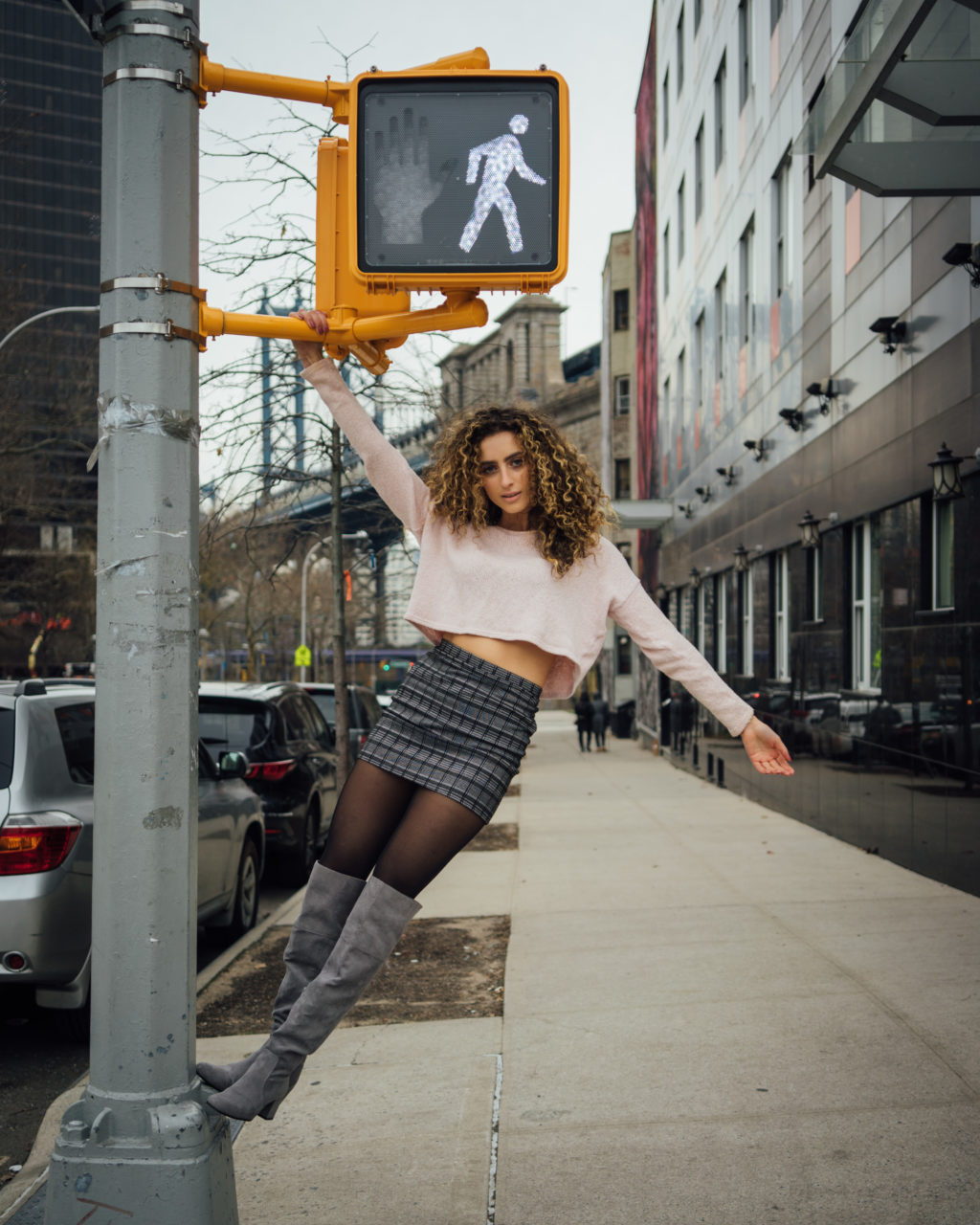
7. Establish A Connection
The relationship you establish with your subject arguably has a greater impact on the final product than anything else on this list. If your model isn’t comfortable with you, that’s going to come through in every photo. No matter how beautiful the location, how technically perfect the shot, how attractive the person, the portrait just won’t work.
On the other hand, when there’s a good rapport between model and photographer, even a flawed photo can end up being a beautiful, captivating portrait.
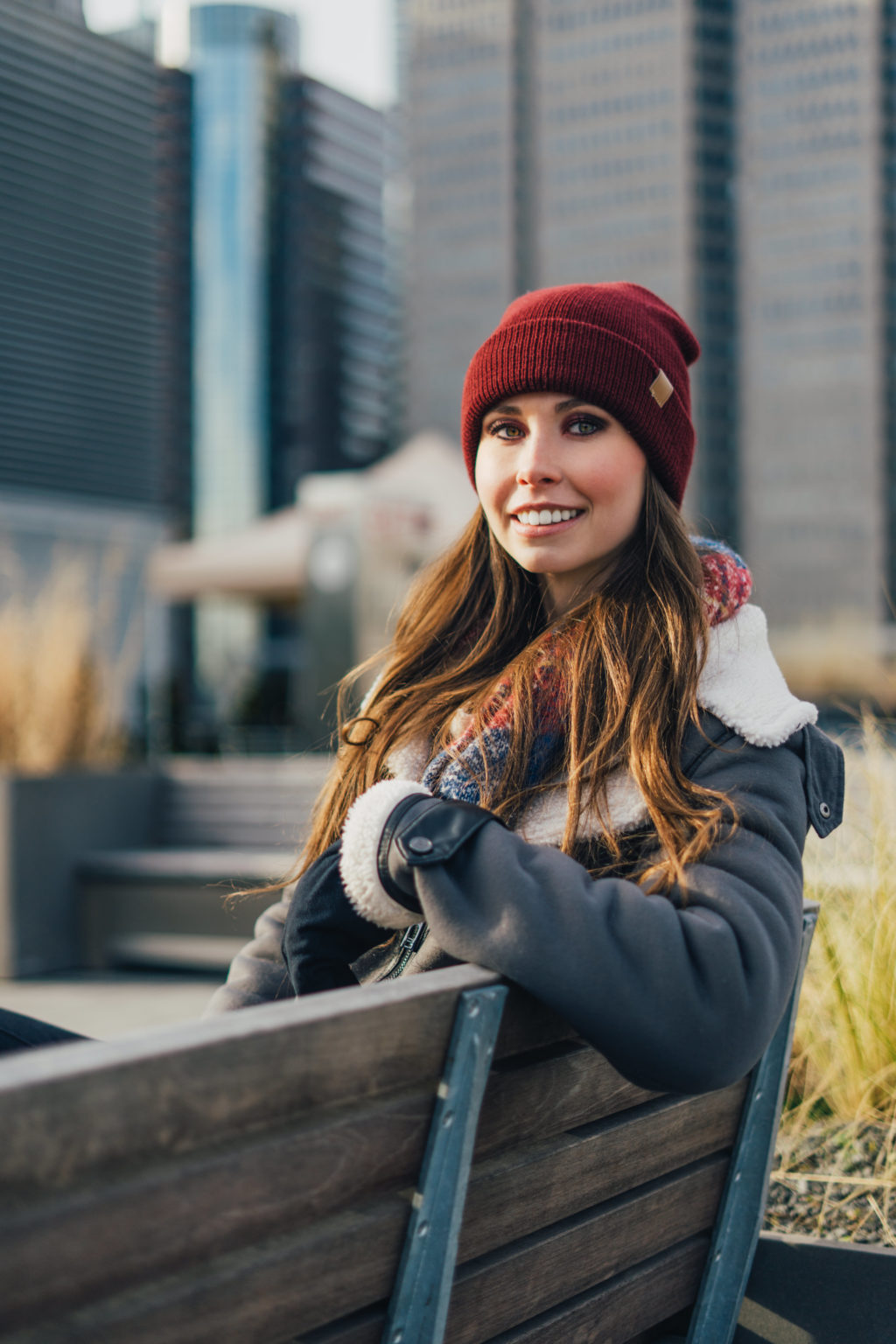
Final Thoughts
Don’t trip yourself up by overthinking things. You can’t think yourself into being a good portrait photographer; you have to work at it. Luckily, it’s fun work!




